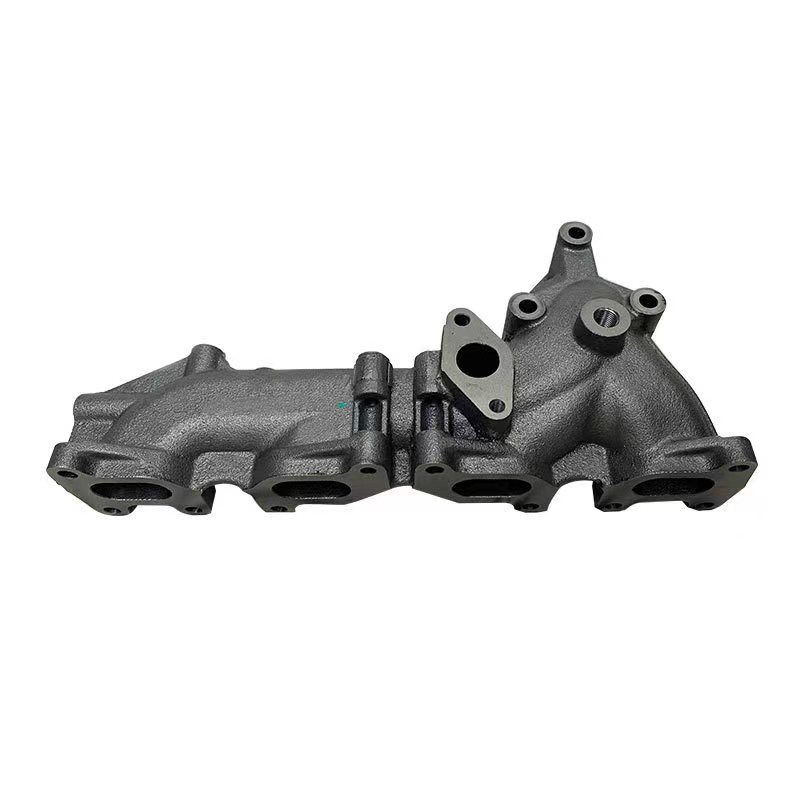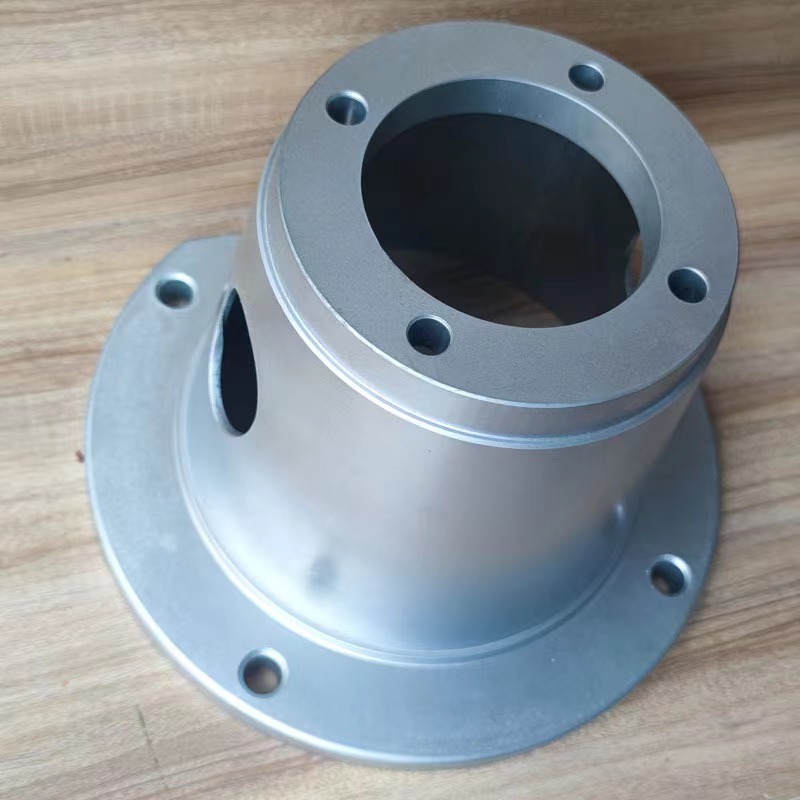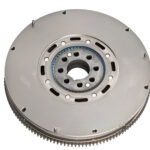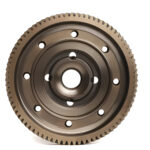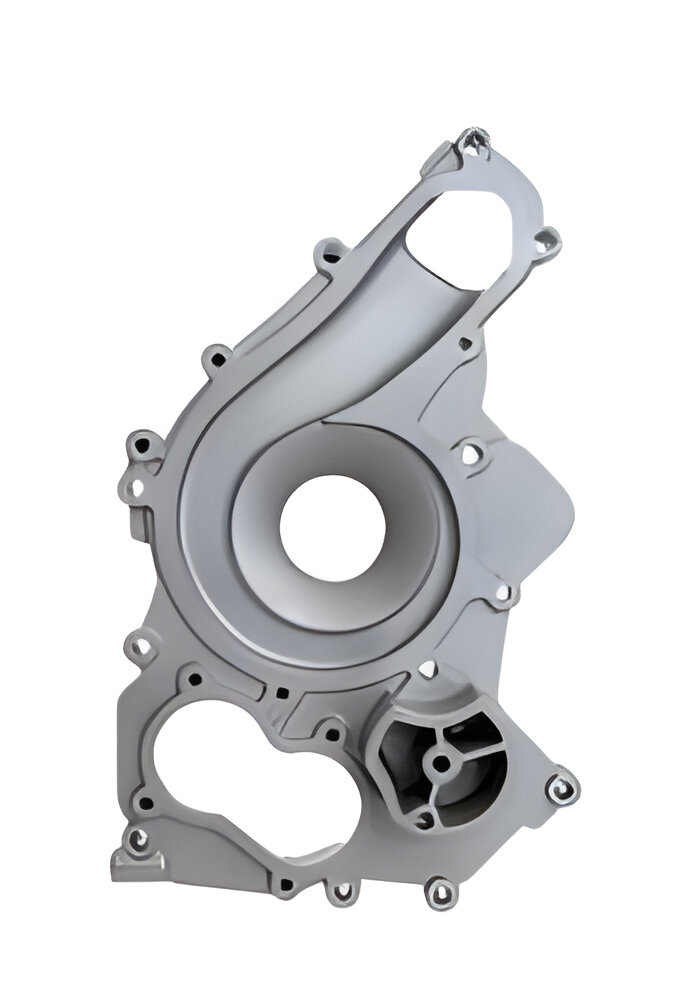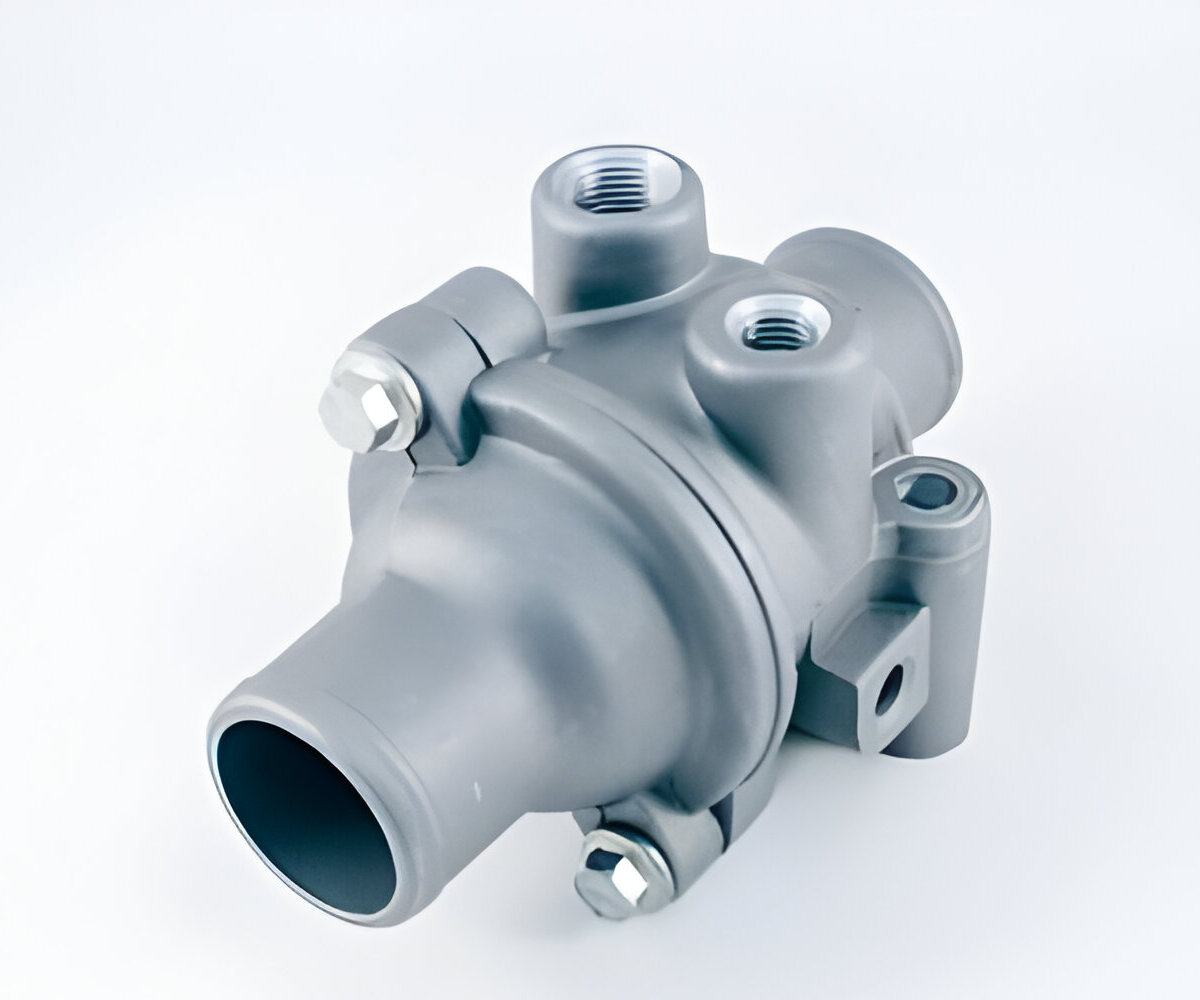Turbocharged engines have revolutionized performance in both automotive and industrial applications. Central to this revolution is the turbo exhaust manifold, a crucial component that efficiently channels exhaust gases from the engine to the turbocharger, enhancing the engine's power output. In this article, we will explore the design, manufacturing, and key applications of turbo exhaust manifolds, offering insights into why they are pivotal for high-performance engines.
The Role of Turbo Exhaust Manifolds
A turbo exhaust manifold, or turbocharger exhaust manifold, is designed to collect exhaust gases from multiple cylinders into one pipe. These manifolds are critical for optimizing the flow of exhaust gases to the turbocharger’s turbine, which in turn spins an air compressor to increase air intake in the engine, boosting its power significantly. The efficient design of these manifolds reduces back pressure and enhances the engine’s exhaust flow, leading to improved engine efficiency and performance.
Design and Manufacturing
The design of turbo exhaust manifolds varies significantly depending on the application and engine configuration. In performance vehicles, custom turbo exhaust manifold designs are often employed to maximize exhaust flow and minimize turbo lag. These are typically made from high-grade materials such as stainless steel or titanium to withstand high temperatures and corrosive exhaust gases.
The manufacturing of these manifolds involves precision engineering. Techniques like sand casting or investment casting are commonly used to create complex shapes that fit specific engine configurations. Advanced manufacturing techniques such as 3D printing are also gaining traction for producing lightweight and durable turbo exhaust manifolds that can be customized for unique applications.
Applications and Scenarios
Turbo exhaust manifolds are utilized in a variety of scenarios ranging from high-performance sports cars to heavy-duty industrial machinery. In automotive applications, these manifolds are essential for achieving the high horsepower and torque levels demanded by enthusiasts and professional racers. Industrial applications include their use in generators and trucks where efficiency and durability are paramount.
For instance, in motorsports, the ability to customize a turbo exhaust manifold to suit specific racing conditions can provide a competitive edge. Similarly, in commercial vehicles, a well-designed manifold can contribute to fuel efficiency and reduced emissions, aligning with environmental regulations.
FAQs
Q: How does a turbo exhaust manifold differ from a regular exhaust manifold?
A: Unlike a regular manifold, a turbo exhaust manifold is specifically engineered to direct exhaust gases to a turbocharger, optimizing both the volume and speed of the exhaust flow to maximize turbo efficiency.
Q: What materials are used in manufacturing turbo exhaust manifolds?
A: High-temperature resistant materials like stainless steel, titanium, and sometimes advanced composites are used to withstand the extreme heat and pressure of turbocharged engines.
Q: Can a turbo exhaust manifold be fitted to any engine?
A: While turbo exhaust manifolds can be adapted to many engines, specific designs are often necessary to match different engine layouts and performance requirements.
Connect with Us
At KT Foundry, we specialize in the design and manufacture of high-performance turbo exhaust manifolds tailored to meet your specific needs. Whether you are upgrading a race car, a truck, or any turbocharged engine, our expert team is here to assist you with top-tier solutions. Visit our website at kt-foundry to explore our products and get in touch with our specialists who can help tailor the right exhaust solutions for your applications.

